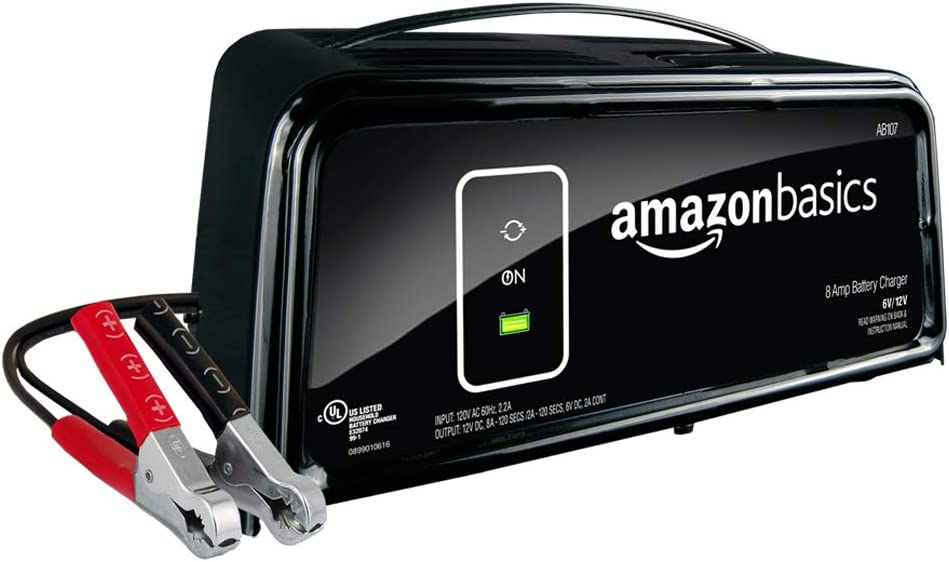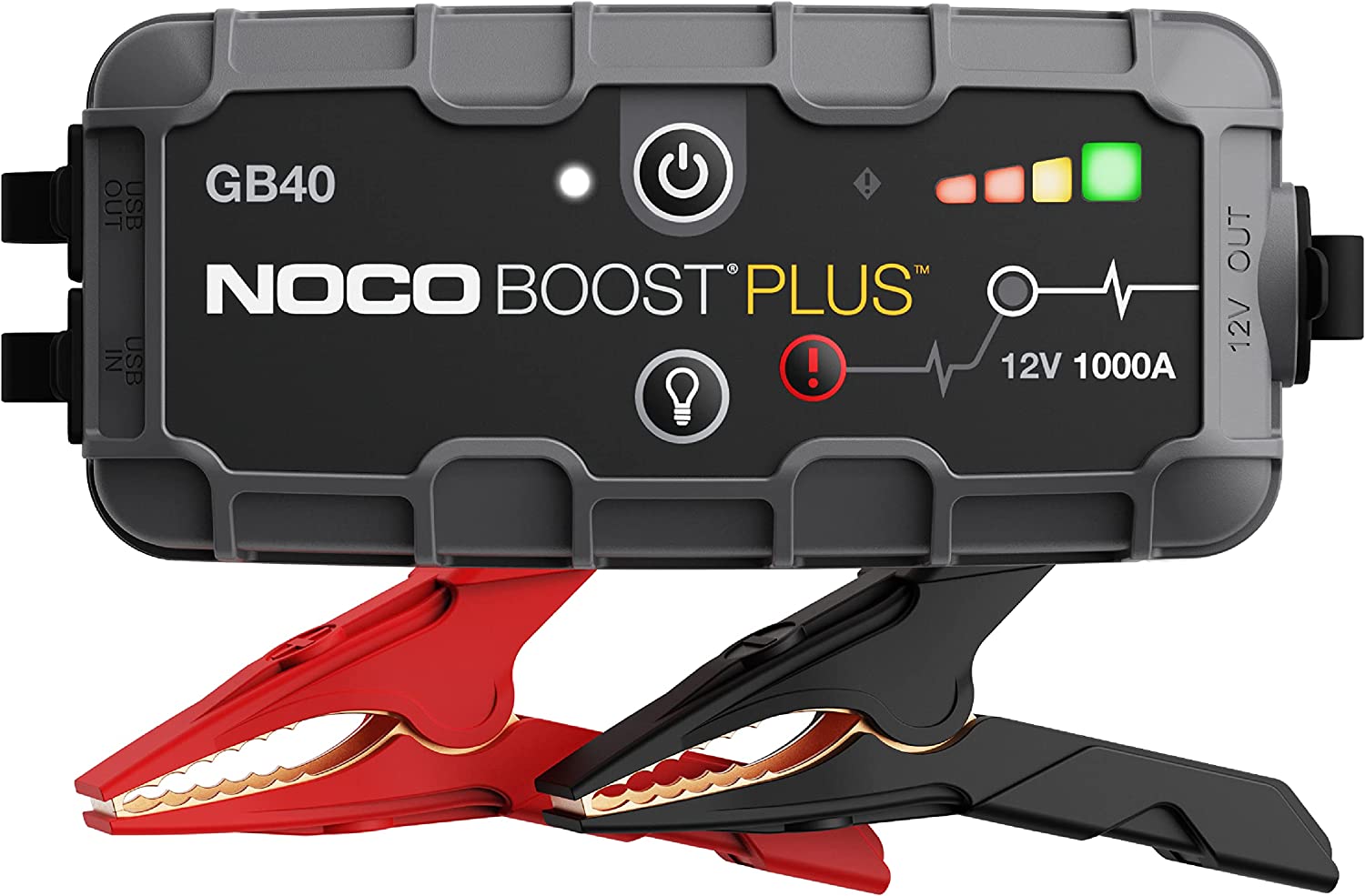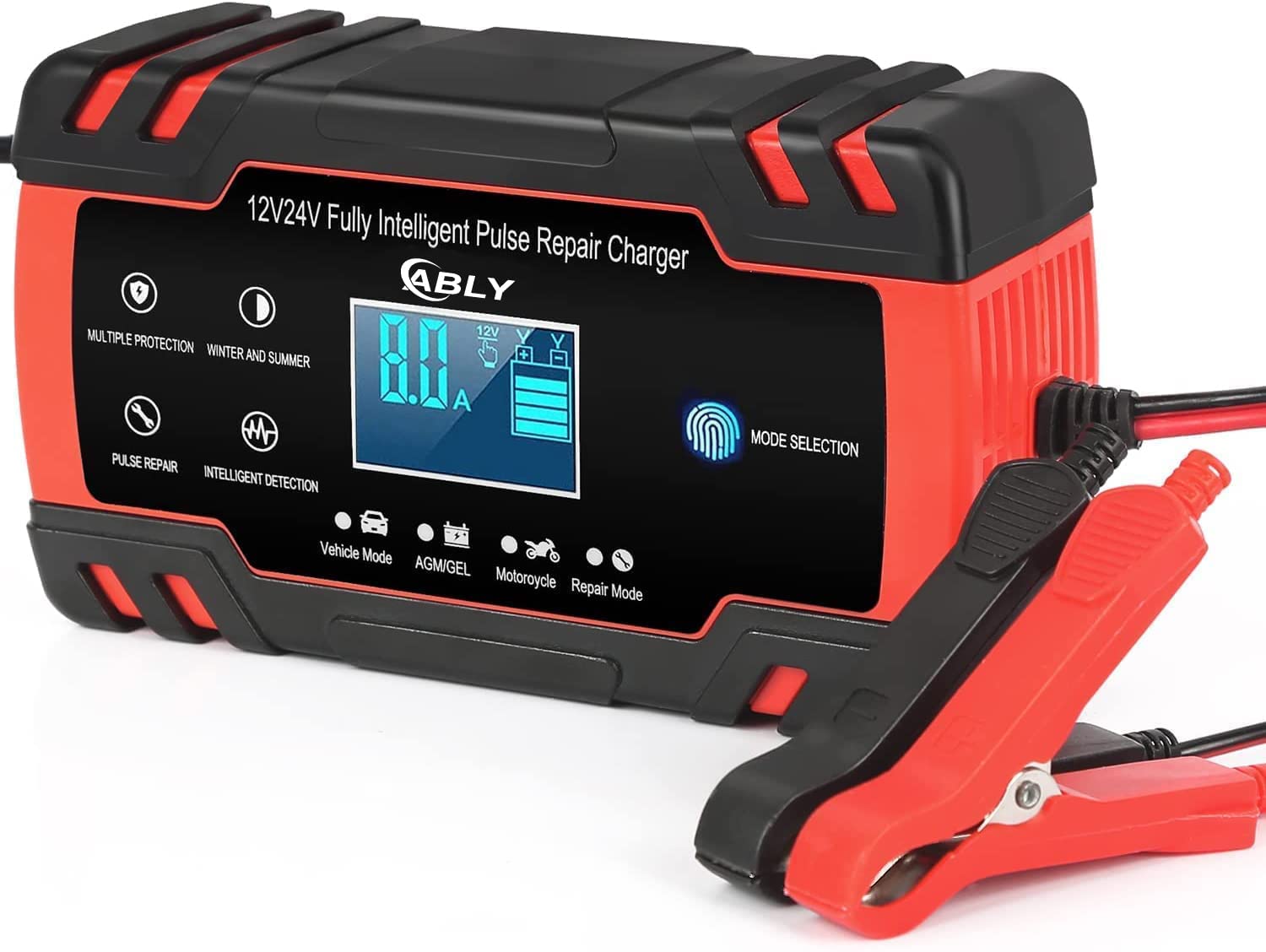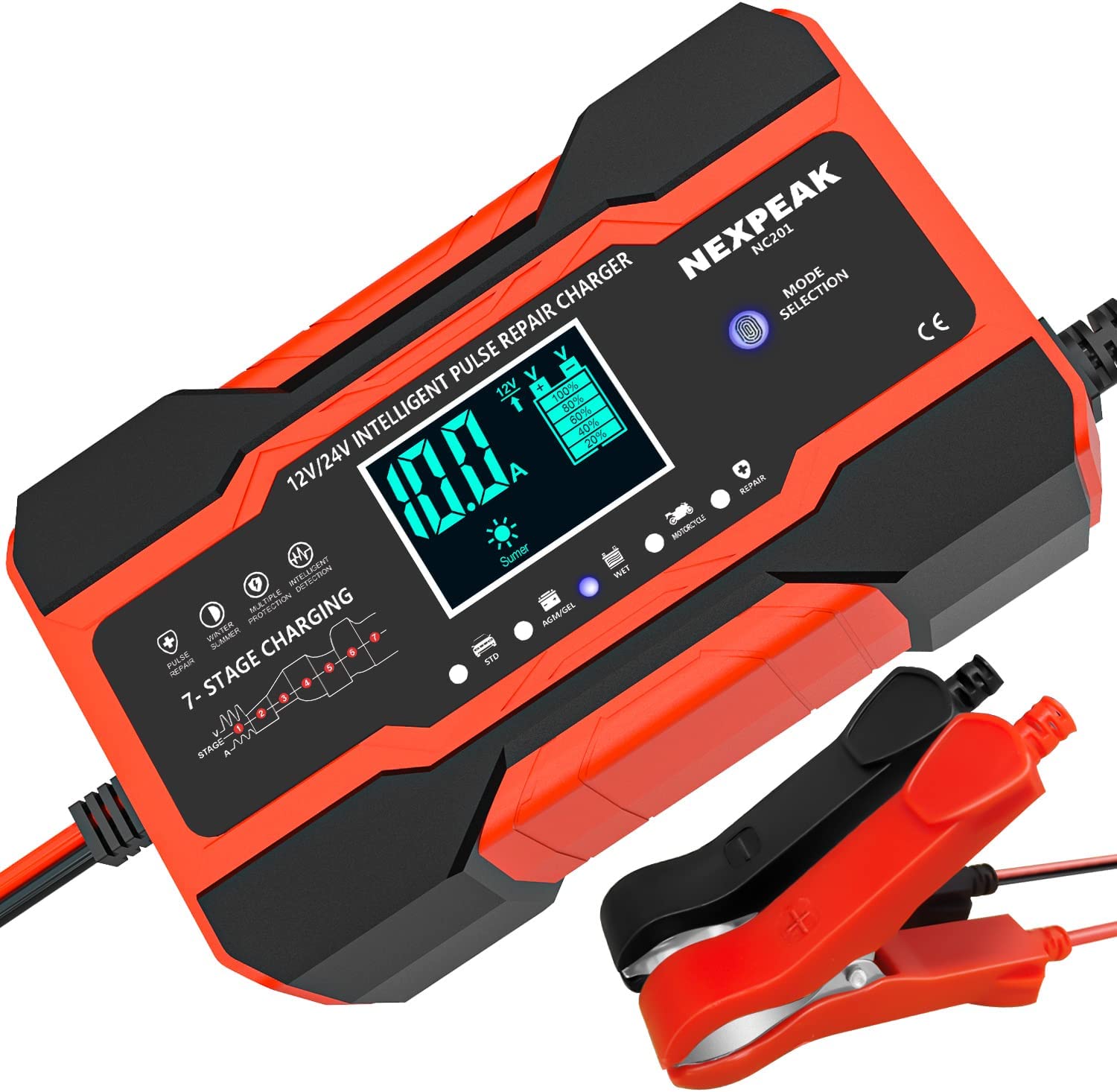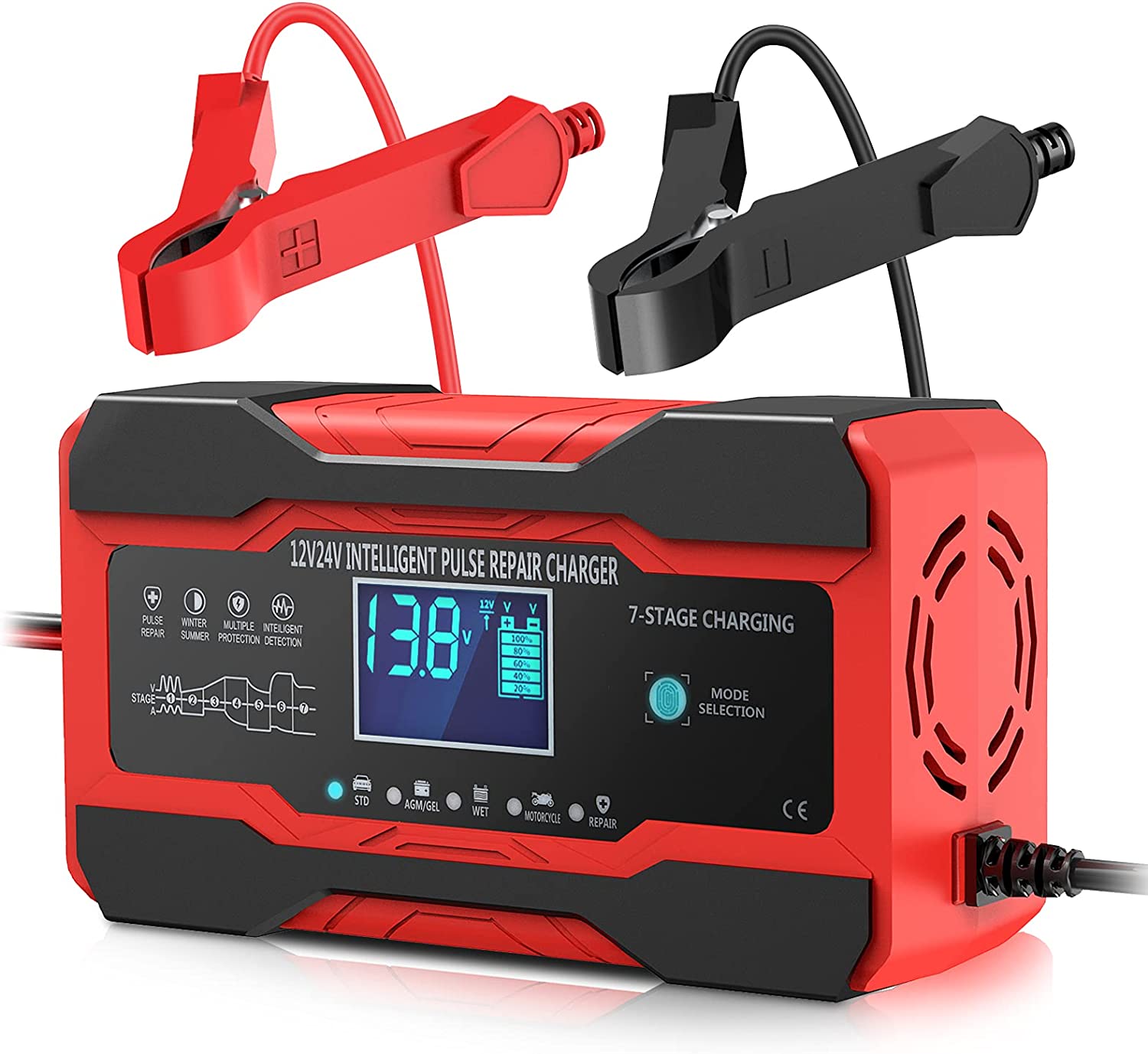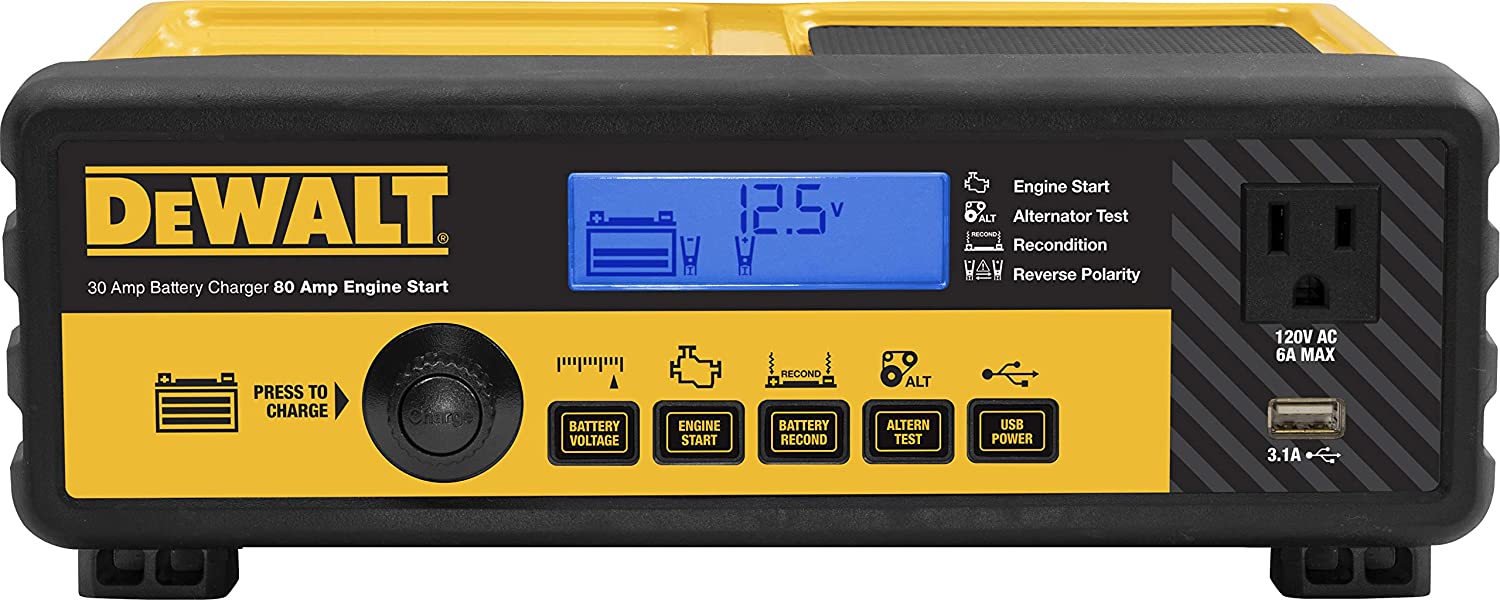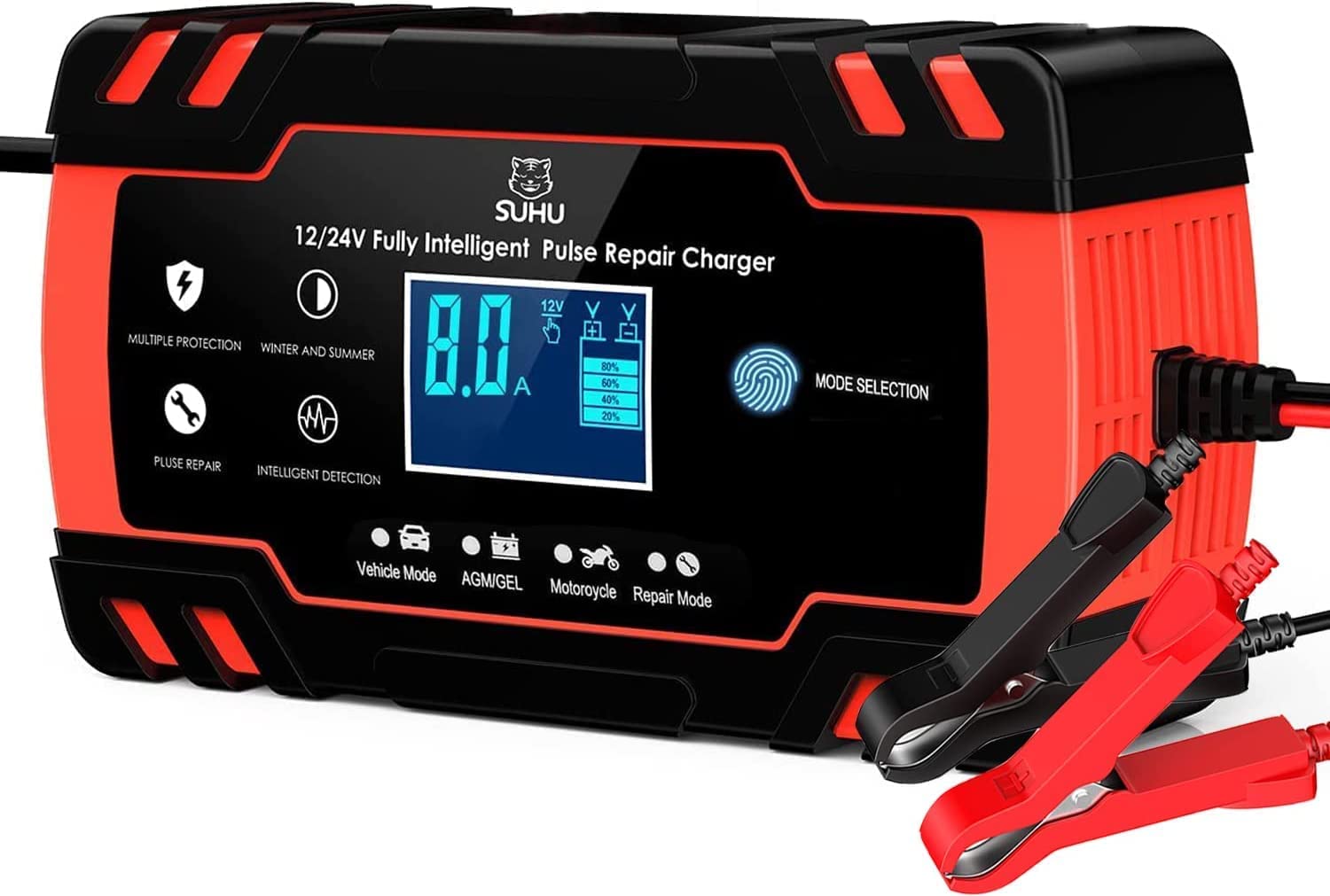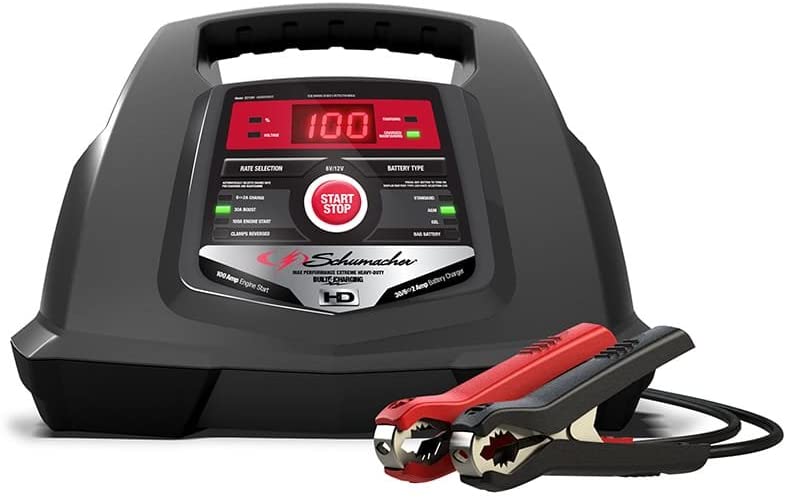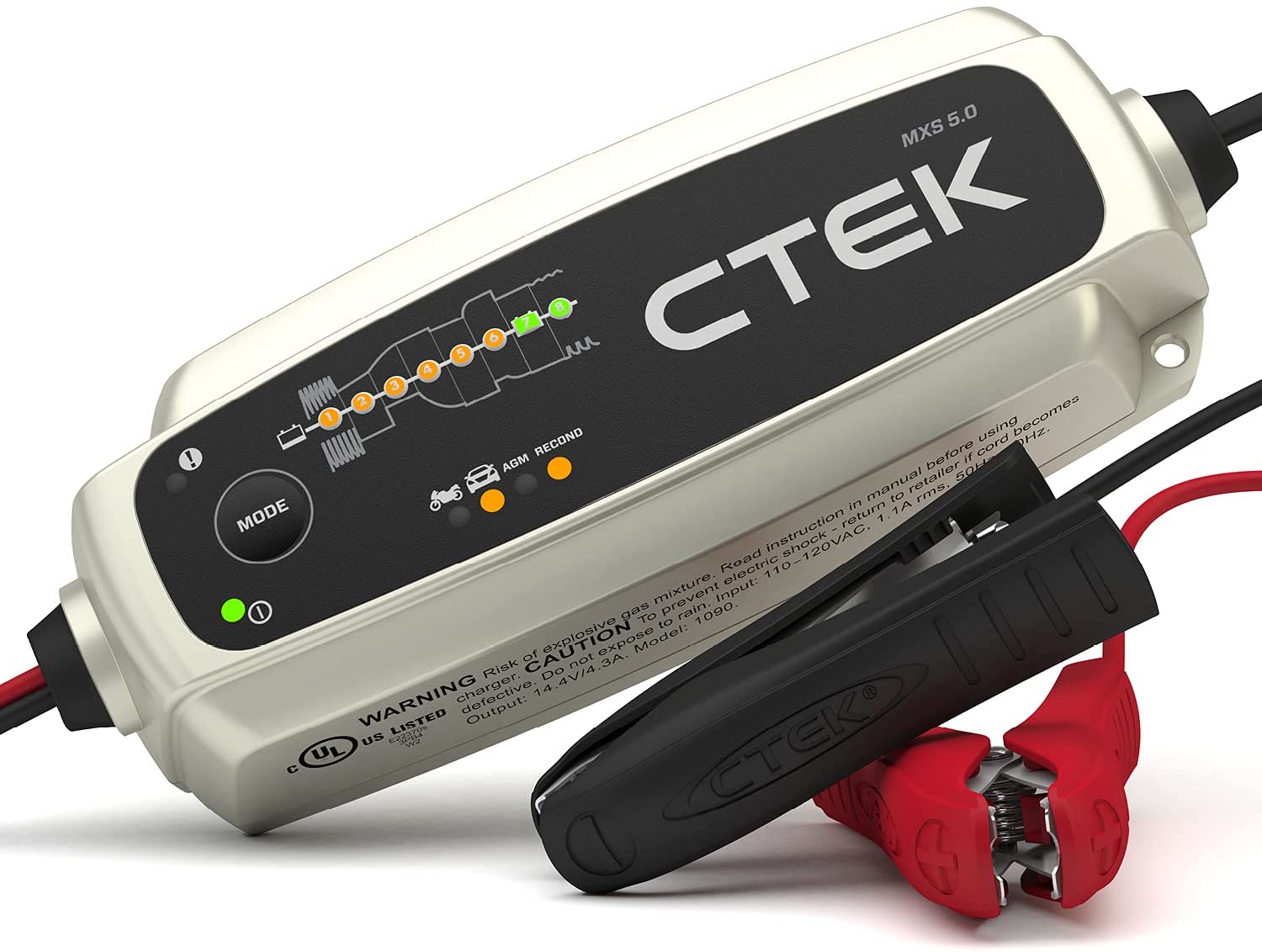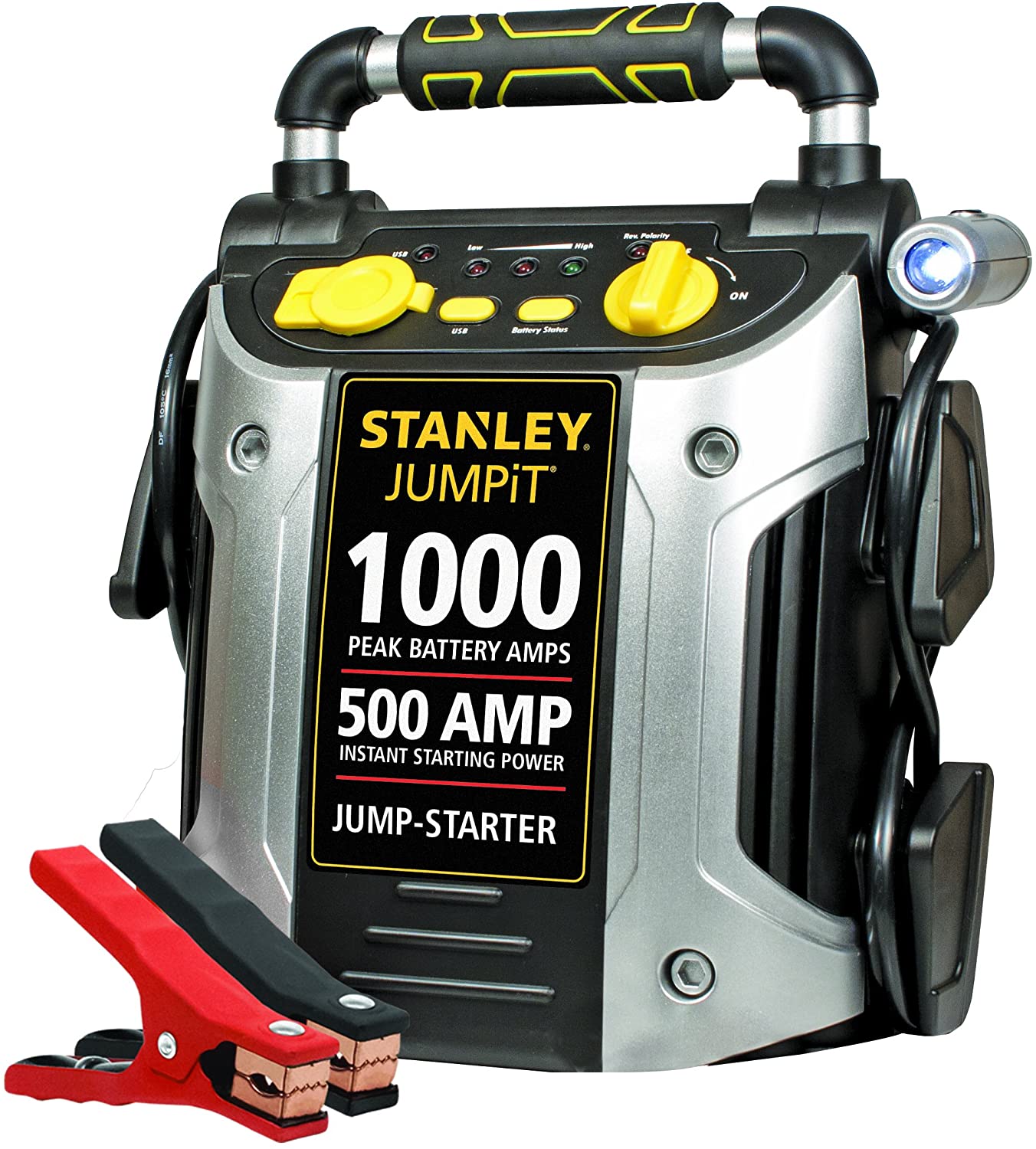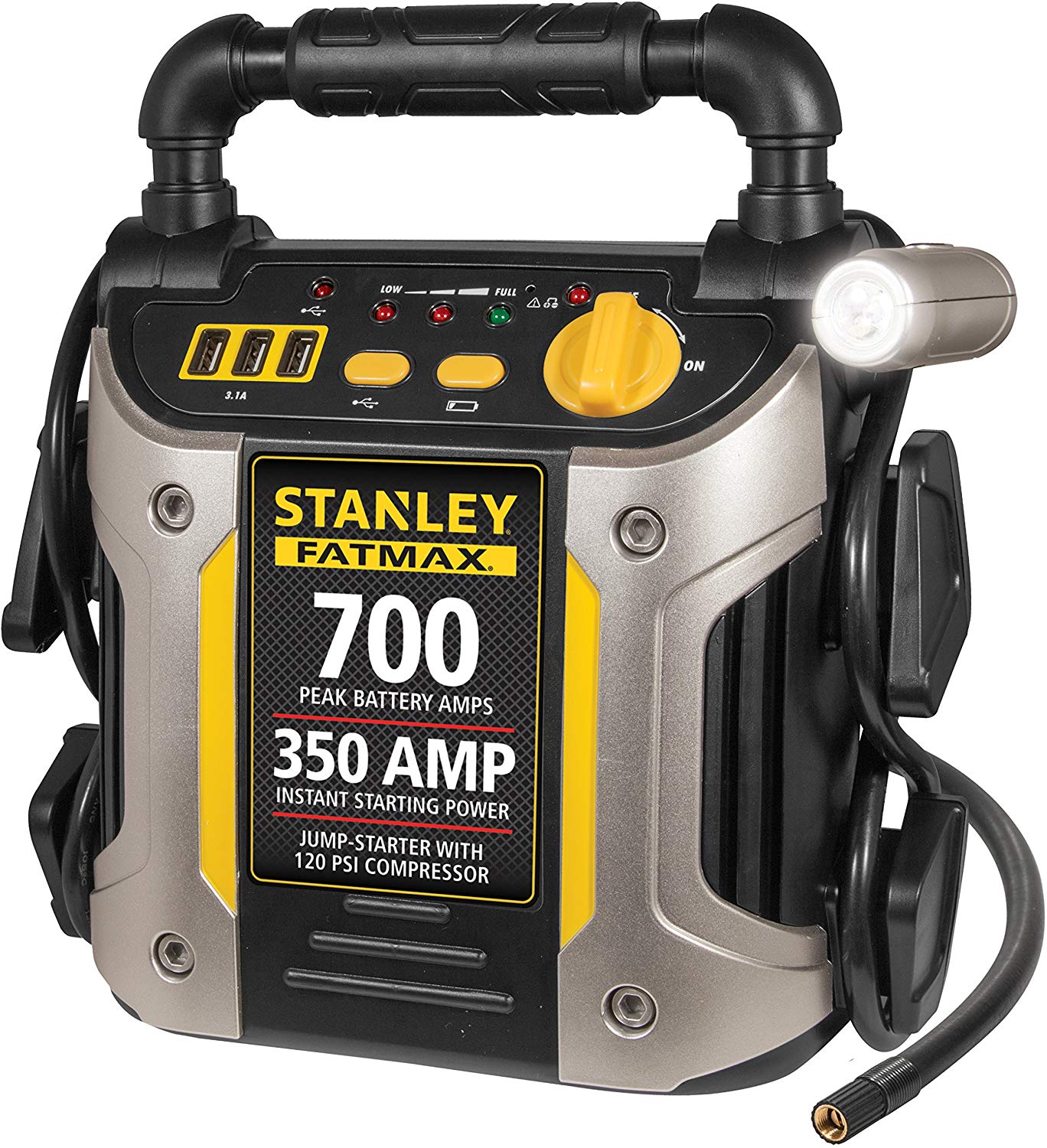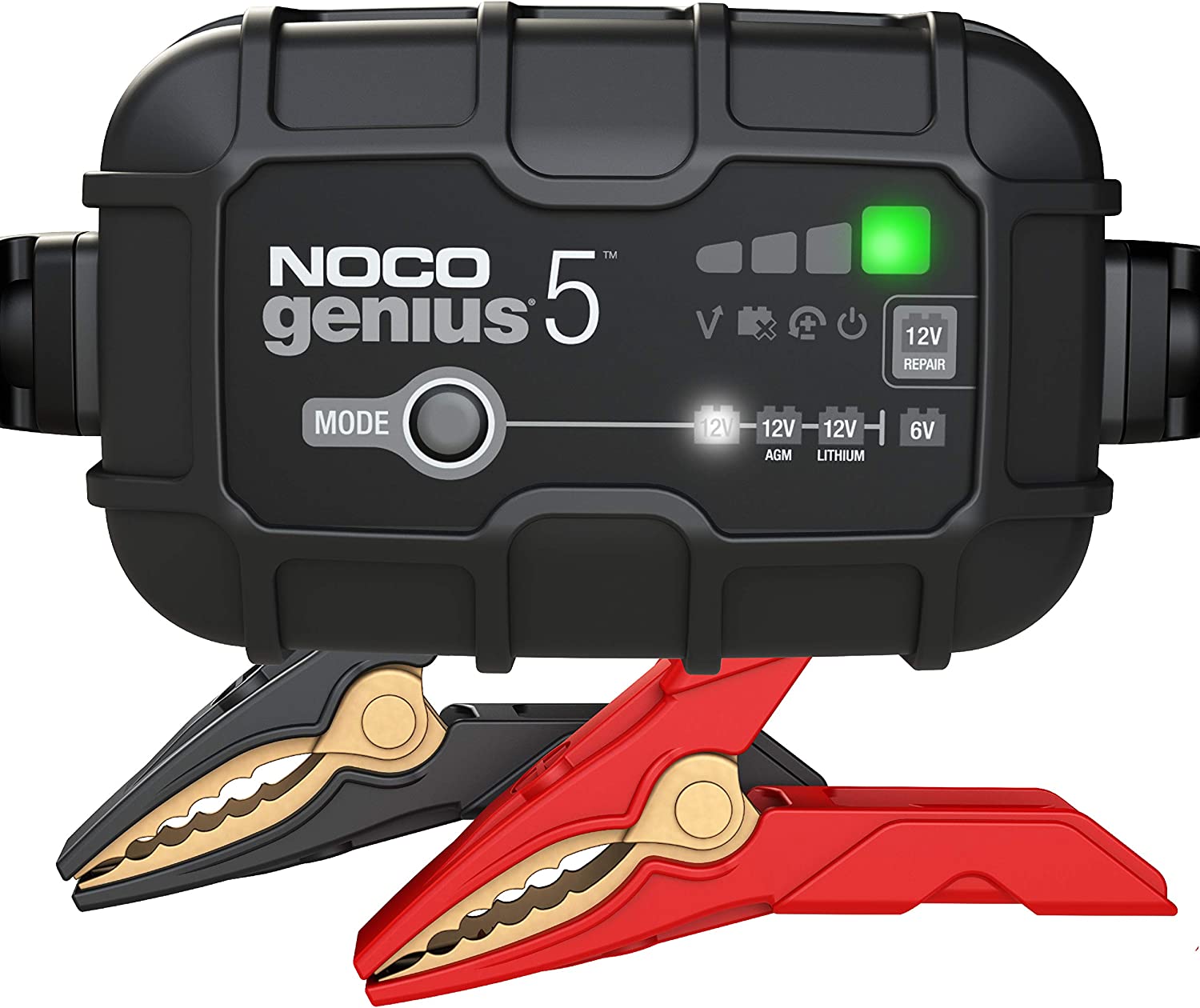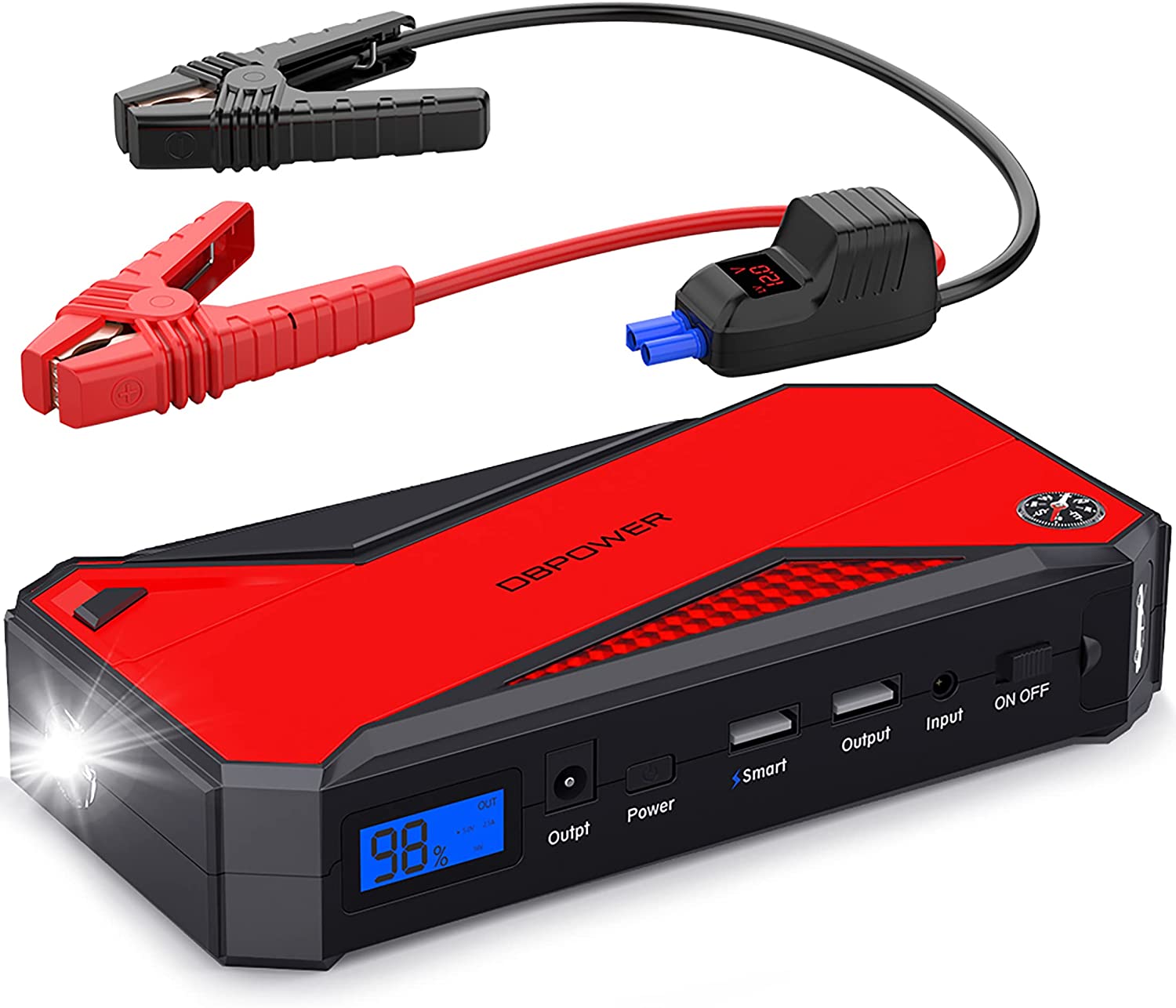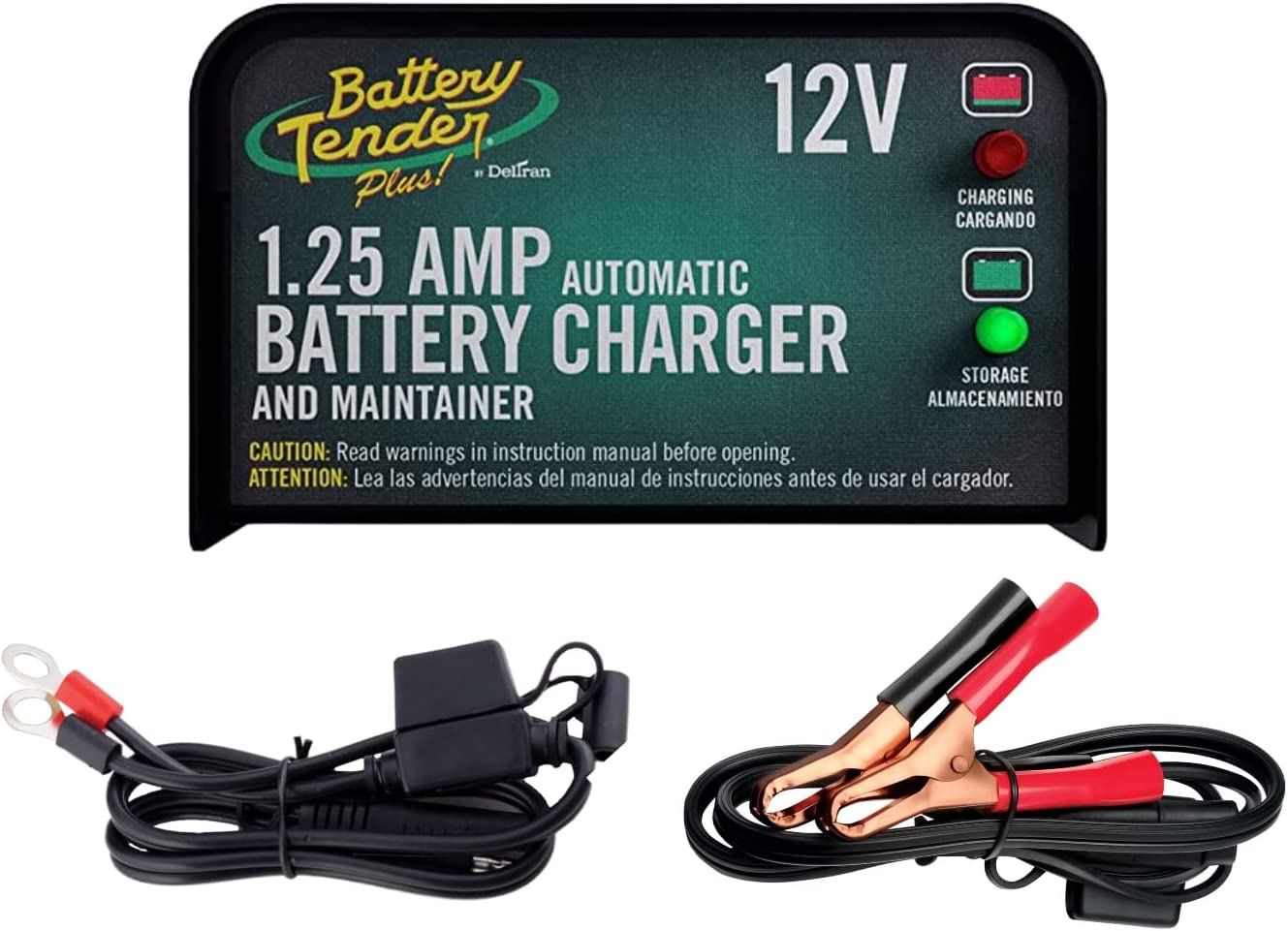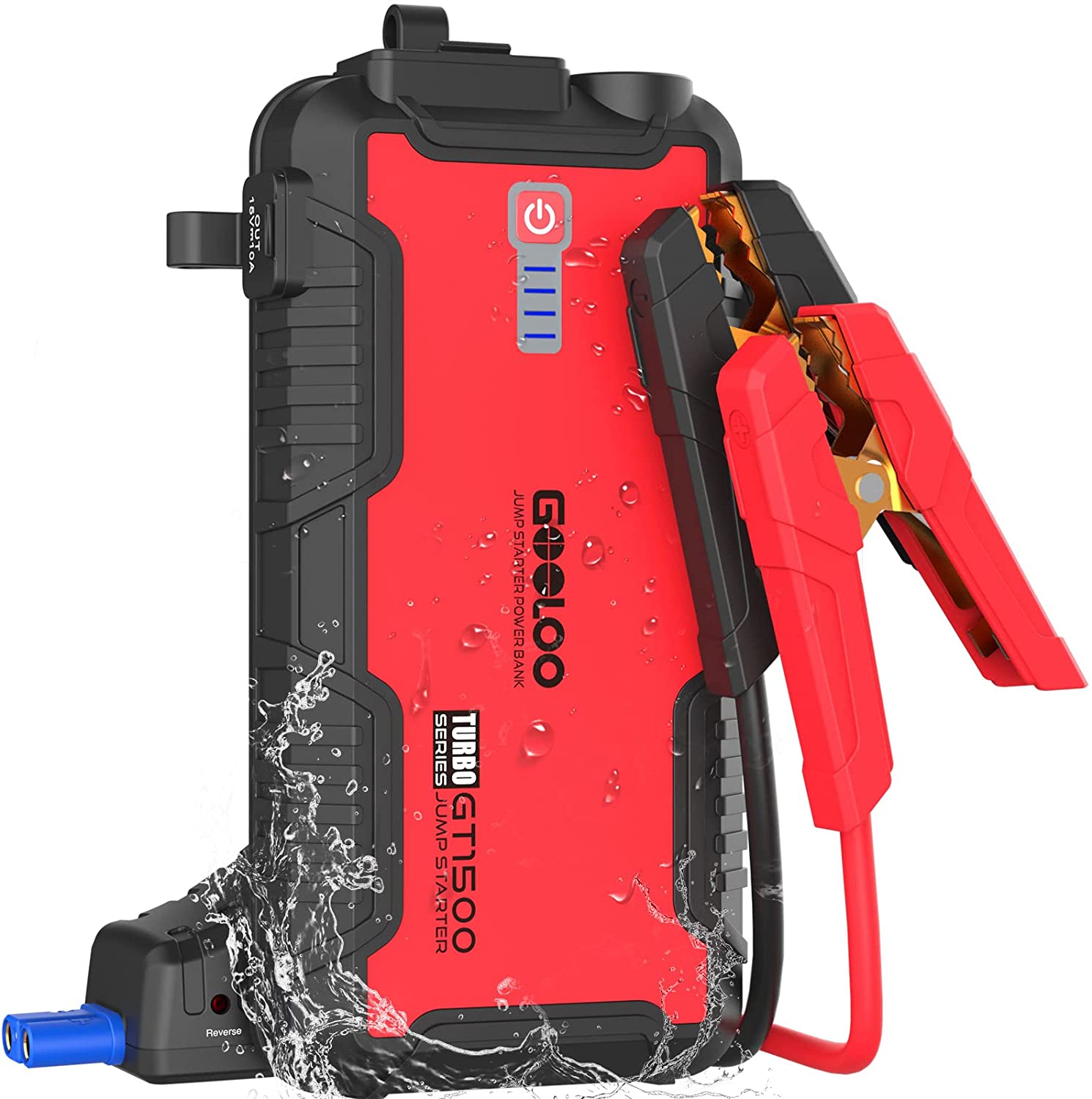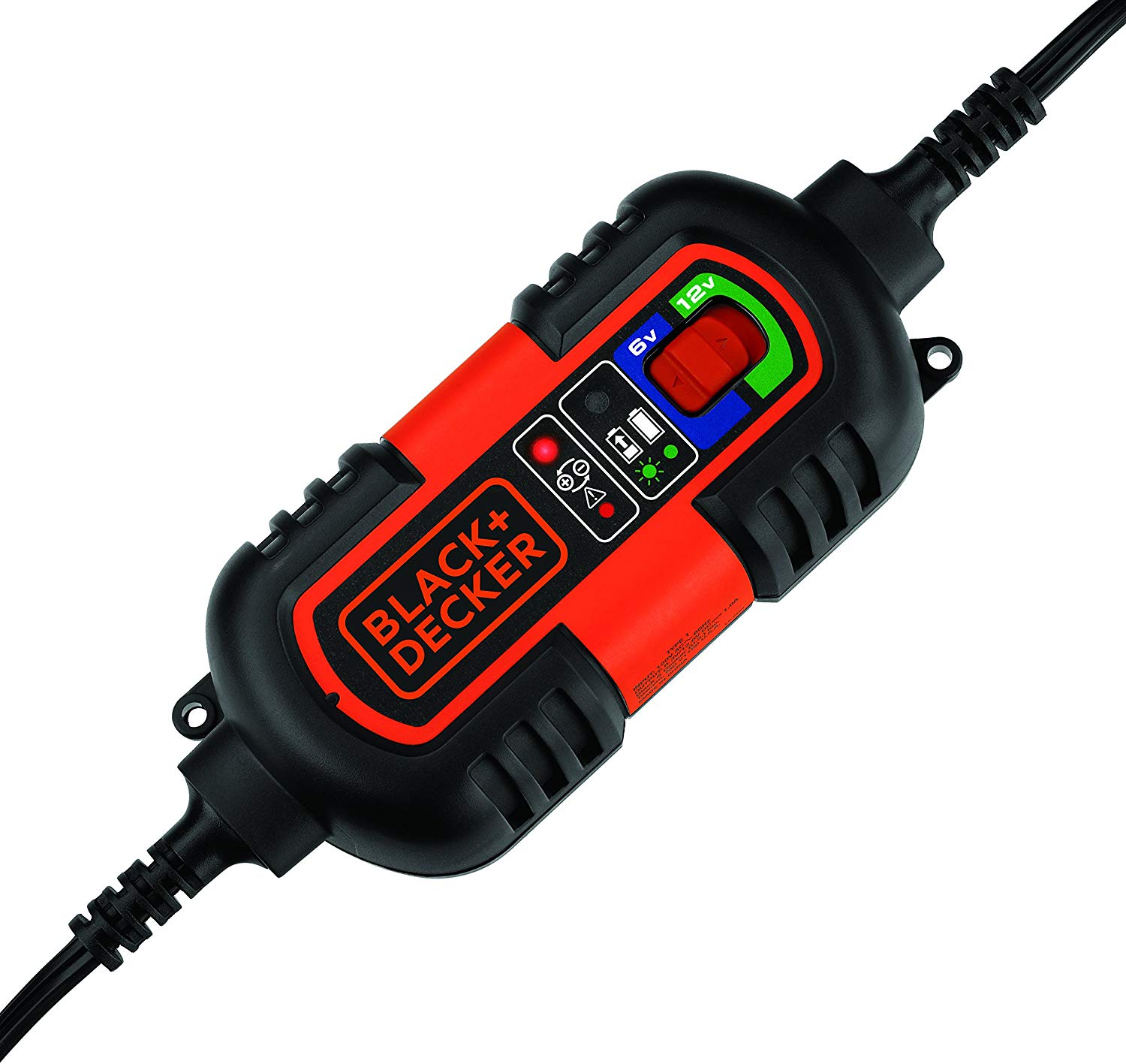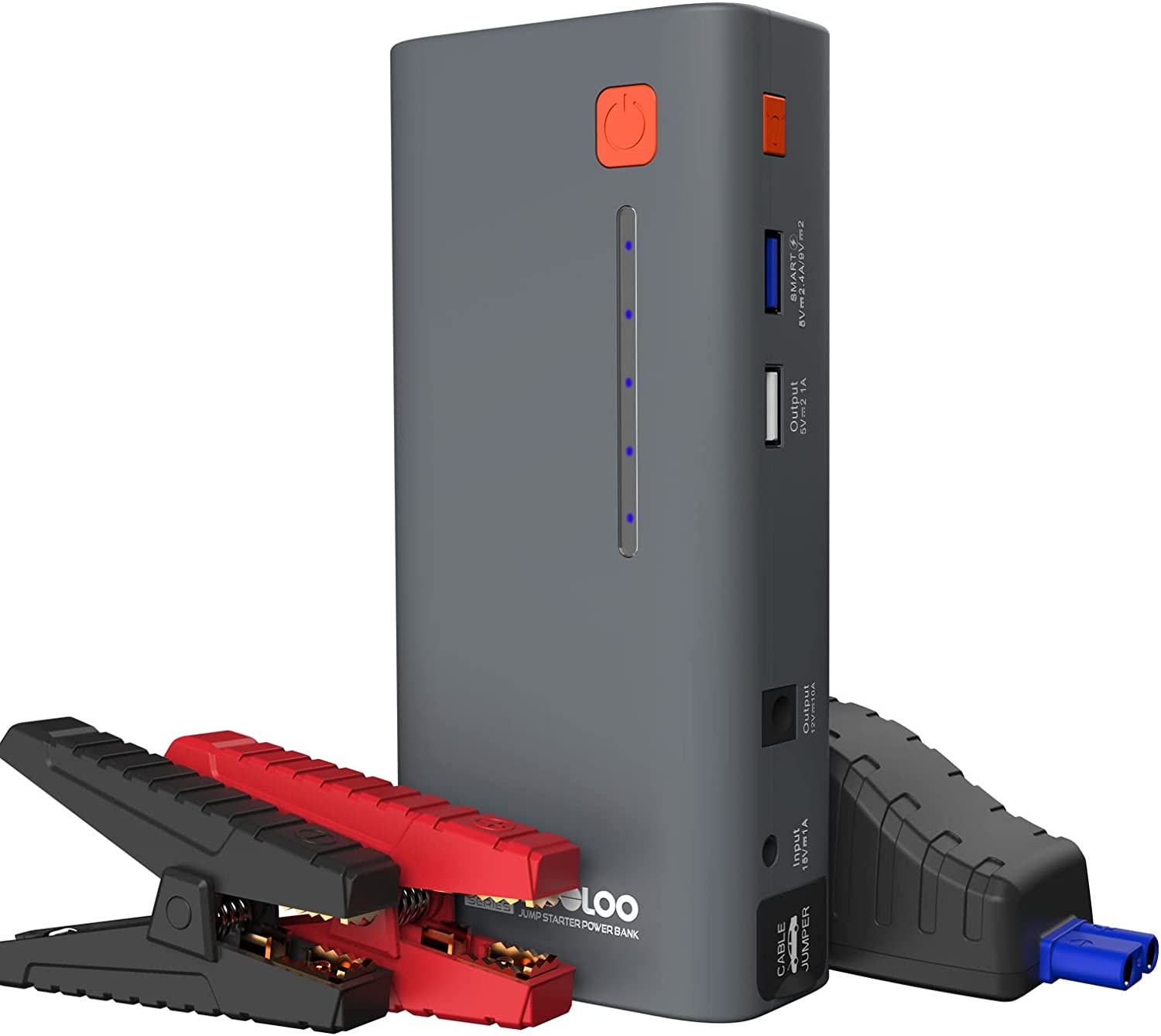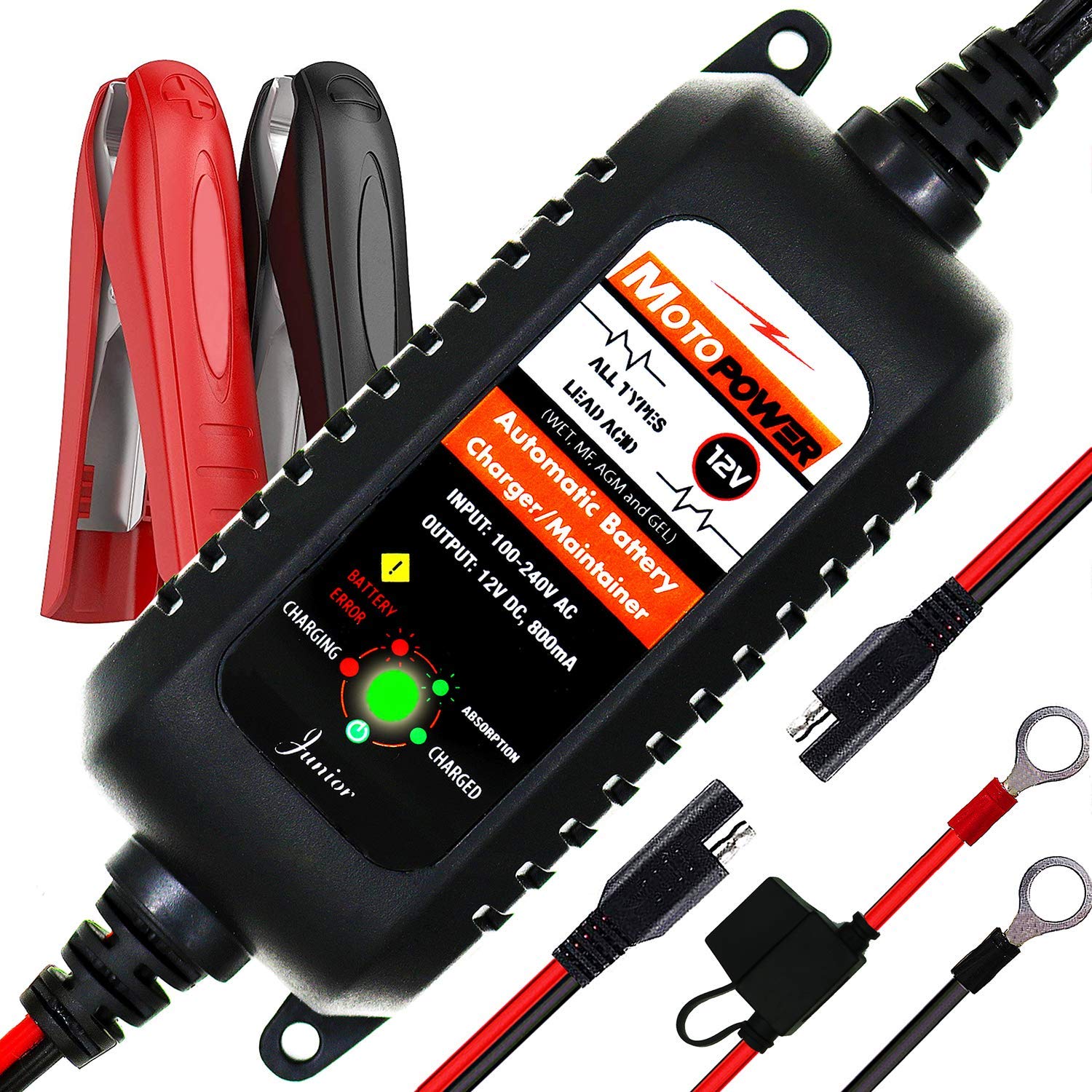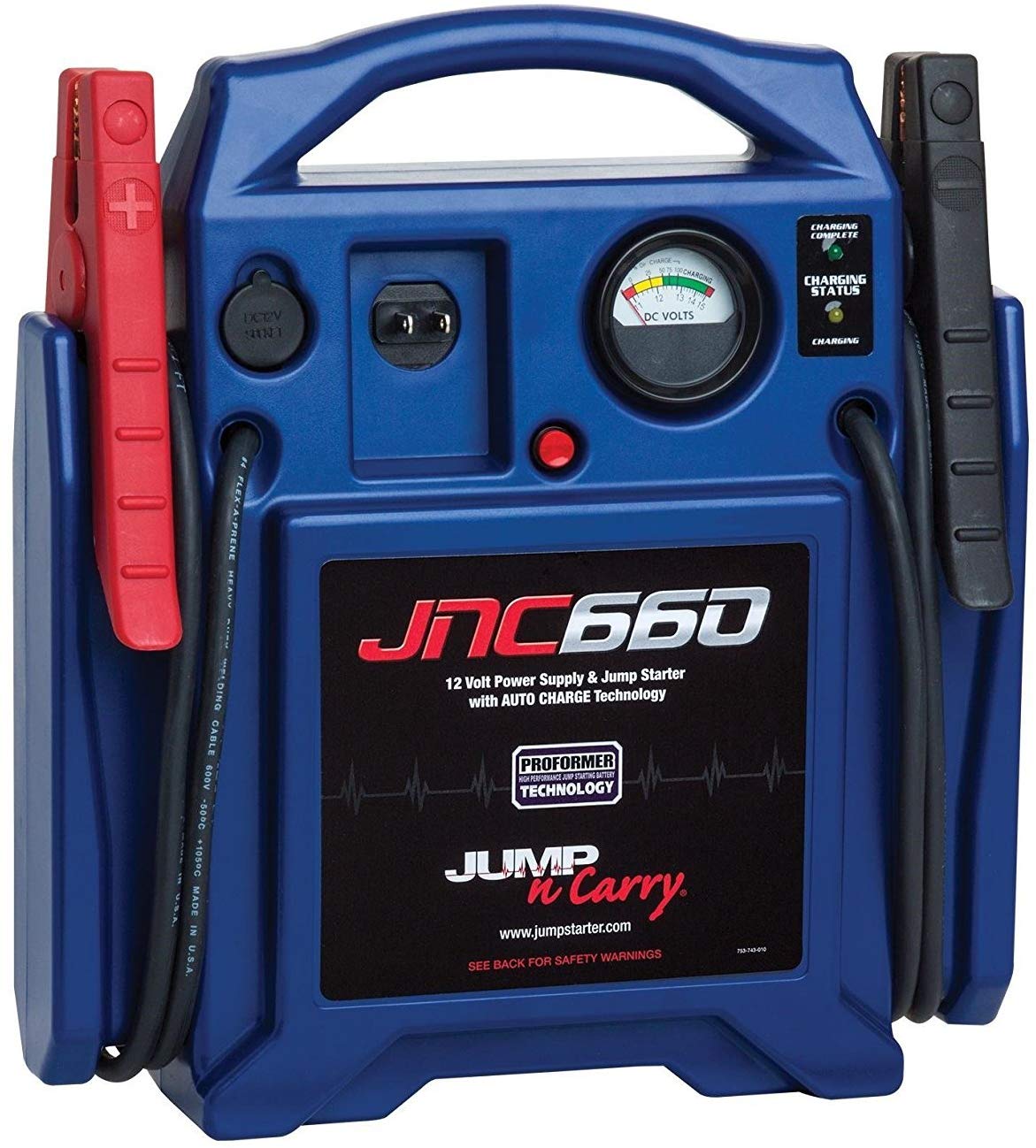AmazonBasics Automatic Car Battery Charger
Last updated: May 31, 2023
This car battery charger can be used with the following battery types: lead acid, absorbed glass mat and deep-cycle. It's designed for indoor garage use on vehicles that are experiencing cold weather difficulties. For your safety, it's built with auto-voltage detection and reverse hook-up protection.
We looked at the top Car Battery Chargers and dug through the reviews from some of the most popular review sites. Through this analysis, we've determined the best Car Battery Charger you should buy.
Product Details
Key Takeaway: You'll find this car battery charger to be both durable and affordable.
In our analysis of 143 expert reviews, the AmazonBasics Automatic Car Battery Charger placed 7th when we looked at the top 19 products in the category. For the full ranking, see below.Our Expert Consultant

Home Improvement Expert
Vicki Liston writes, produces, and narrates “On The Fly…DIY,” an award-winning home improvement and DIY show of unique project tutorials for the casual DIY’er.
Home improvement and all things DIY have been Liston’s passion since she bought her first house in 2007 and she started making video blogs in 2014. She’s performed hundreds of DIY projects, from small ones to major, wall-smashing renovations and can teach you how to make a trendy DIY barn door for cheap. The proceeds earned from “On The Fly…DIY” are donated to no-kill animal shelters and rescue organizations.
